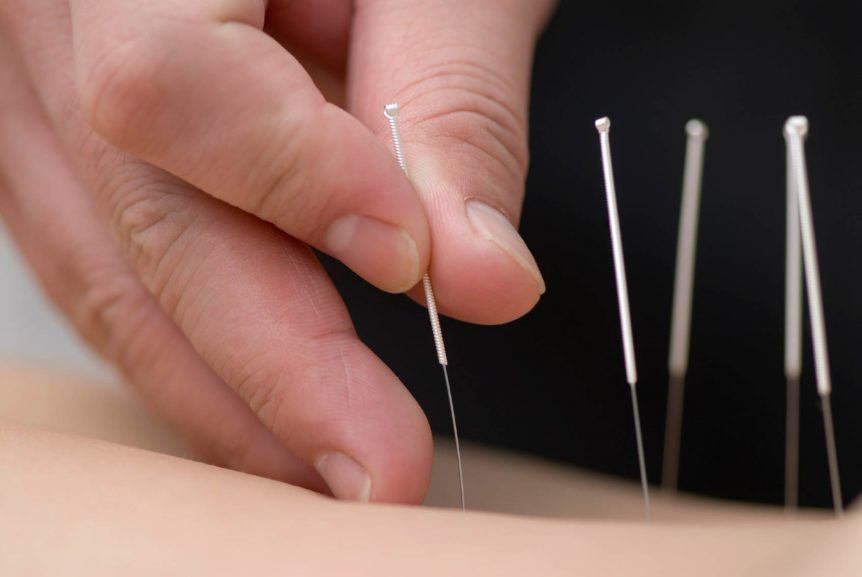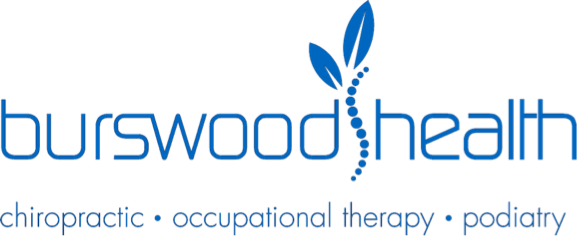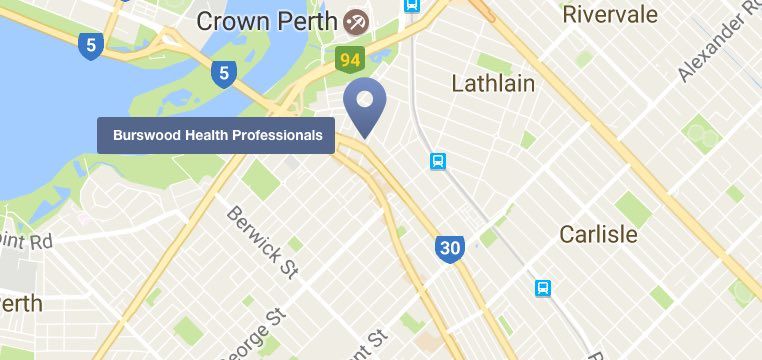Heel Pain
At Burswood Health, we see a lot of feet. And one of the most common complaints we see is heel pain. Heel pain usually begins at the bottom or back of the heel. In the early stages, the pain is usually mild and annoying. But we use our feet every day and it is very difficult to rest them.

Heel Pain Explained
The mild heel pain can then develop into severe, disabling pain which affects our ability to walk and get around. There are 28 bones in each foot, and the heel (calcaneus) is the largest. Your heel is designed to provide a rigid support for the weight of the body. When you walk or run, your heel absorbs the impact of the foot hitting the ground, and then rolls your weight forward onto the ball of the foot ready for the next stride.
When we walk, run or jump or feet experience loads much greater than just our body weight. Improper foot function, tight muscles and poor footwear can lead to a range of problems which affect our feet. And one of the most painful and debilitation is heel pain.
Causes of heel pain
Plantar fasciitis
The plantar fascia is a strong band of connective tissue that runs from the heel to the ball of the foot. It creates a spring-like band that absorbs shock and maintains the arch of your foot. Repetitive strain, injury and ageing often results in degeneration of the collagen matrix in the fascia. This is called plantar fasciosis. The fascia becomes less elastic and can tear causing inflammation. The result is pain, usually where it attaches to the heel bone. The pain may also radiate farther into the arch of the foot as the condition becomes chronic.
Initially, the pain of plantar fasciitis is worse in the morning upon arising and after periods of rest or inactivity. It feels like a bone bruise on the bottom of the heel. Calf pain and cramps can also occur in conjunction with plantar fasciitis. Plantar fasciitis needs to be managed correctly to avoid developing severe pain that limits your ability to work and exercise. Soft tissue therapy, exercises to stretch and improve the plantar fascia and orthotic/arch supports can be very effective in treating the pain of plantar fasciitis.
Heel Spurs and Heel Pain?
Up to 70% of people with plantar fasciitis have a heel spur that can be seen by x-ray. A spur is a small beak or hook of bone that forms on the bottom of the heel and is often associated with plantar fasciitis.
The challenge is that many patients who have no heel pain have a heel spur. The relationship between heel spurs and plantar fasciitis is not clear because often a spur is asymptomatic. The plantar fasciitis is thought to be the cause of pain.
Achilles Tendinitis
One of the two most common causes of heel pain is caused by inflammation and degeneration (tendinosis) of the Achilles tendon which inserts into the back of the heel. Achilles tendon pain can develop without any obvious trauma or injury.
Other Pain You Might Feel
Diabetes Related Foot Problems
Do you have Diabetes? If so, there are foot conditions associated that you should be aware of.
The pain can be burning, shooting or extremely sharp and piercing. Pain in the Achilles tendon must not be ignored, as the tendon can become weaker and eventually rupture. Tendon rupture is serious and requires orthopaedic referral and a long period of recovery and therapy.
What causes Achilles tendinitis?
Activities that repeatedly stress the tendon result in inflammation. Tight calf muscles, poor foot wear, unaccustomed use/exercise and poor foot biomechanics are common culprits. The shortened tendon eventually becomes inflamed and stressed at the point of attachment to the heel. The tendon will feel sore to touch and sharp pain can be felt when stretching the calf muscles. Eventually, the tendon swells, thickens and the pain increases. The ongoing inflammation overcomes the body’s ability to heal the area and the once elastic tendon fibres tear and breakdown. This degenerative process is called tendinosis – or tendinopathy. Anti-inflammatory medication or cortisone is not the treatment of choice at this stage. Temporary relief may occur, but the condition will worsen without proper treatment.
Treating Achilles tendinitis
A combination of modalities is necessary to effectively treat tendinosis: trigger point therapy and myofascial release to the calf and foot muscles, acupuncture, cold laser and foot wear modification or orthotics can be very effective. Importantly, tendinosis (degeneration) anywhere in the body must be treated with an Active Care program which includes stretching and specific strengthening exercises. Nutritional supplementation to promote proper healing can be very helpful.

Heel bursitis – calcaneal bursitis
There is a small bursa (fluid filled sac) at the back of each heel. This bursa prevents rubbing of the Achilles tendon on the heel bone (calcaneus). When a bursa can become inflamed it is called ‘bursitis’. Repeated pressure and inflammation can cause a bony enlargement at the back of the heel called Haglund’s deformity. Calcaneal bursitis can be caused by:
- A high-arched foot
- Tight calf muscles and Achilles tendon
- A tendency to walk on the outside of the heel
- Ill-fitting footwear
Pain is typically felt on the back of the heel. The Achilles tendon can also be involved and may swell and become very painful. Bursitis is made worse by activity and as the day progresses walking may become very difficult. Assessment of how your foot functions is essential in accurately diagnosing and treating bursitis. Our podiatrist is an expert in assessing foot function and health. We use the latest foot scanner to accurately measure each foot. If required, orthotics are made according to your scan measurements and our podiatrist’s assessment of your clinical findings. Exercises to stretch the calf and Achilles tendon are essential. Cold laser can be very effective in relieving the actual pain of the inflamed bursa.
Tarsal tunnel syndrome
The large tibial nerve runs on the inside of our ankle into our foot. It passes between the large bone of our inner ankle and the heel. It can become compressed by the ligament that holds in place, resulting in pain in the heel, arch or foot. Tingling or numbness can also occur. Tarsal tunnel syndrome must be treated properly because the pressure on the nerve needs to be relieved to avoid permanent damage. Often simple orthotic prescription, exercises, soft tissue therapy and cold laser can sort out your pain and avoid future problems.
The earlier you get a diagnosis and proper treatment, the better.

Heel Pain in Children
Perhaps the most common cause of heel pain in children and adolescents is a condition called Sever’s Disease. It is not an actual disease but a common condition found in a growing and active young body. The cause is overuse and repetitive microtrauma of the growth plate of the calcaneus (heel bone) directly where the Achilles tendon attaches to the heel. It can occur on one side, or often both. Children and adolescents aged from 7-15 are most commonly affected.
Our experience has shown that proper management of Sever’s syndrome relieves pain quickly and allows your child to remain active. Soft tissue therapy to the calf muscles, cold laser, taping and exercises all play an important role in ensuring a quick recovery. Assessment by our podiatrist is also necessary to ensure that your child’s feet are developing properly and that their footwear is providing optimal support for their growing body.
Podiatry at Burswood Health
Our multi-disciplinary team of podiatrists, occupational therapists and chiropractors will diagnose and explain the exact cause of your heel pain. We will work together to develop an effective treatment plan tailored to your specific needs. It's all about relieving your pain, managing your condition and getting you back on your feet as quickly as possible. Teaching you how to self-manage with a tailored exercise program enables you to prevent problems in the future!
If you experience heel, foot or ankle pain, then it's best to have one of our practitioners assess your situation. Pain is the body’s way of telling you something is wrong. Early diagnosis and the right treatment ensures quicker recovery and avoidance of future problems. And longstanding problems need to be managed properly to avoid irreversible degenerative change. So, don’t suffer needlessly. Please call our friendly staff to see how we can help you.


